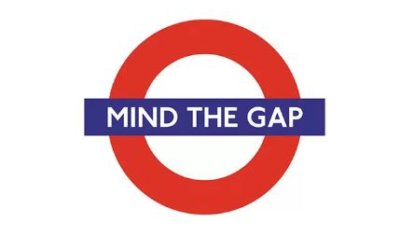We know it as a horizontal piece of wood or metal at the base of a doorway, allowing for a seal to be created at that juncture. American homes typically have thresholds for exterior doors while in Europe, nearly every door, inside and out, has one – and my toes can confess that they are far from flush with the floor. To enter a house in America or a room in Europe, one must clear the threshold.
Our vernacular has adopted this term to connote exceeding a performance baseline of some sort. Earnings must clear a threshold before being subject to income tax. Rockets must achieve an escape velocity that exceeds the 25,000 mph threshold before exiting earth’s gravitational control. Some have a low pain threshold while others endure dental procedures without Novocain. (I am not one of those people.)
In working with over fifty private colleges and universities, a number of features appear to be common amongst those who are thriving. Most significantly is the establishment of a financial performance threshold that engenders sustainability.
They plan to achieve a surplus. Bond rating agencies expect 3% as a baseline or threshold. Their budgets include depreciation, recognizing that assets are used up over time and need to be replaced or renewed. Funds for developing or enhancing programs are included, as are mechanisms for fair compensation and training for faculty and staff. And they don’t skimp on marketing, ensuring that as many as possible know their story, particularly in a world where the market needs more persuading.
To accomplish this threshold of performance, there is a board that supports such standards. Student to faculty ratios might be a little higher than others – not overly so but high enough to allow for better compensation of faculty. Tuition discounts are maintained at a manageable level and there tends to be a culture of philanthropy, begun while alums are students and harvested over the fifty or more years they serve after graduation. This allows debt to be limited and stability projected to the constituency. Oh, and languishing programs are either improved or phased out. This clears the way for new ideas.
They have three budgets – operating, capital and strategic, and their cash at year-end is greater than where they started. While these characteristics are well below expectation for a commercial enterprise, they represent the gold standard for smaller, private institutions of higher education.
We’ve also worked with those whose threshold is nearly non-existent. Budgets are based solely on cash, sans depreciation expense and with as little as possible dedicated toward capital spending. Recurring annual cuts mean that compensation is not competitive and marketing funds insufficient. New program ideas remain sequestered in the fertile minds of faculty. A dearth of capital spending yields deferred maintenance issues all over the place. To offset these deficiencies, tuition discounts are used to attract students, leading to each new class paying less than the previous one. One can imagine the angst of those tasked with managing the budget. For too many, the spiral accelerates with each cycle. “We’re digging a well in Death Valley.” You get the picture.
Our turnaround work has had its share of trial and error. We have learned the importance of the institution embracing a new threshold of performance at the outset. The process then puts areas of low performance on a diet, reducing people counts through voluntary separation incentives and a creating a funding mechanism to get through what will likely be a three year process of revitalization. It’s tough but we have learned that years of decline cannot be fixed in weeks or months.
The biggest challenge? – Changing people’s long-held beliefs on what constitutes acceptable performance; adopting a new threshold. Some are ready. Others can’t seem to make the leap.
Sound familiar?



